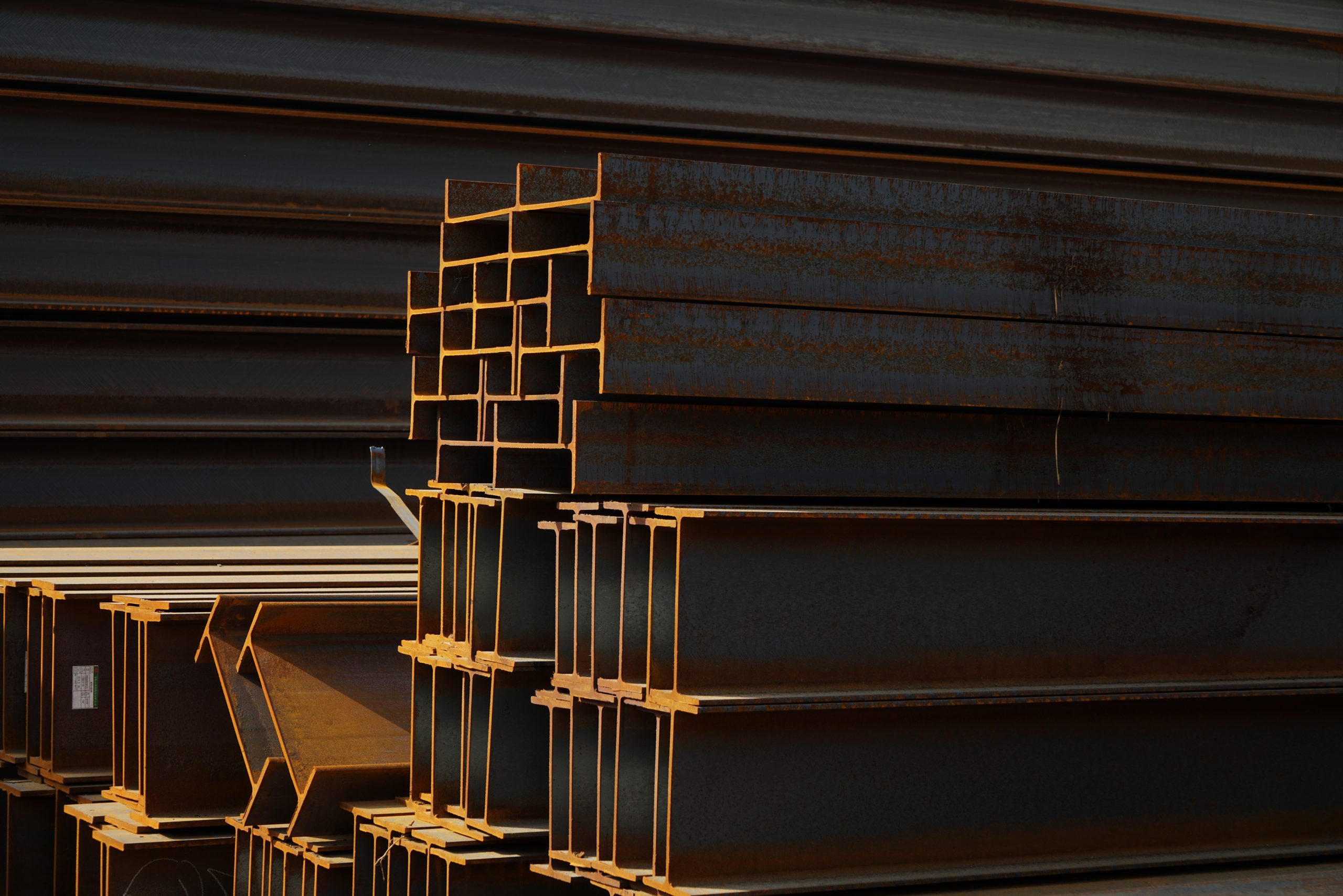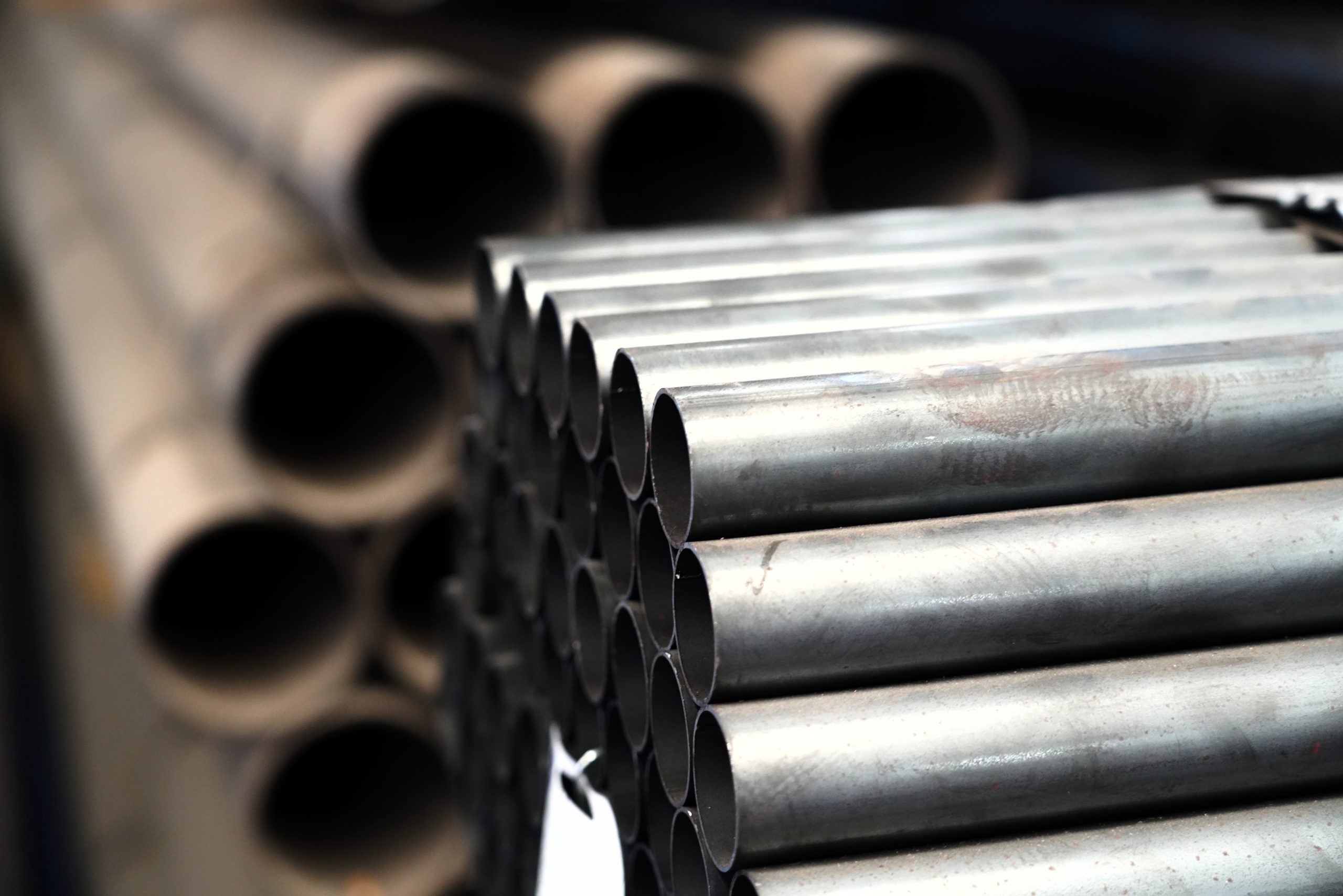Not sure whether to choose hot-rolled or cold-rolled steel? Here’s everything you need to know about the differences, advantages, and disadvantages of both.
Are you trying to decide between hot-rolled steel and cold-rolled steel for your next project? Let’s take a closer look at the pros and cons of each.
Hot-Rolled Steel
Hot-rolled steel is made through a mill process that involves rolling steel at high temperatures. This method is faster, easier, and less expensive than cold rolling. Hot-rolled steel is ideal for projects that don’t require precise shapes or tolerances. However, it may have dimensional imperfections and a rough texture that needs to be removed before painting.

Advantages:
- Easier and faster to produce
- Less expensive than cold rolled steel
- Free from internal stresses that can arise from quenching or work-hardening processes
- Most popular shapes are hot rolled (UC, UB, SHS, RHS, PFC, flats, etc.)
Disadvantages:
- It may have dimensional imperfections
- The rough texture on the surface
- Slight distortions
Cold Rolled Steel
Cold-rolled steel is made by heating and cooling steel at room temperature before rolling it. The process is slower and more expensive than hot rolling but results in more accurate shapes and smoother surface finishes. However, additional treatments may create internal stress within the material, causing unpredictable warping if the steel is not stress-relieved before cutting, grinding, or welding.

Advantages:
- Accurate shapes with consistent and straight edges
- Wide range of surface finishes available
- Smooth and shiny surface
- True and square bars with well-defined edges and corners
- Tubes have better concentric uniformity and straightness
Disadvantages:
- More expensive than hot-rolled steel
- Fewer shapes available cold-rolled (sheets, box section shapes: CHS, SHS, RHS)
How to differentiate between the two?
Hot rolled steel has a scaly surface, slightly rounded edges and corners, and a non-oily surface. Cold rolled steel has an oily or greasy finish, a very smooth surface, and very sharp edges.
At Steelo, all UB, UC, PFC, RSA, and flats are hot rolled, while SHS, CHS, and RHS are cold rolled. Sheets can also be produced in a cold rolled option, but they are only available on special request.
In conclusion, choosing between hot-rolled and cold-rolled steel depends on your project’s specific requirements. Consider the advantages and disadvantages of each before making your decision.
This blog is an update from a previous blog, read the original here: https://www.steelo.co.uk/blog/2019/03/26/hot-vs-cold-rolled-steel-whats-difference/


